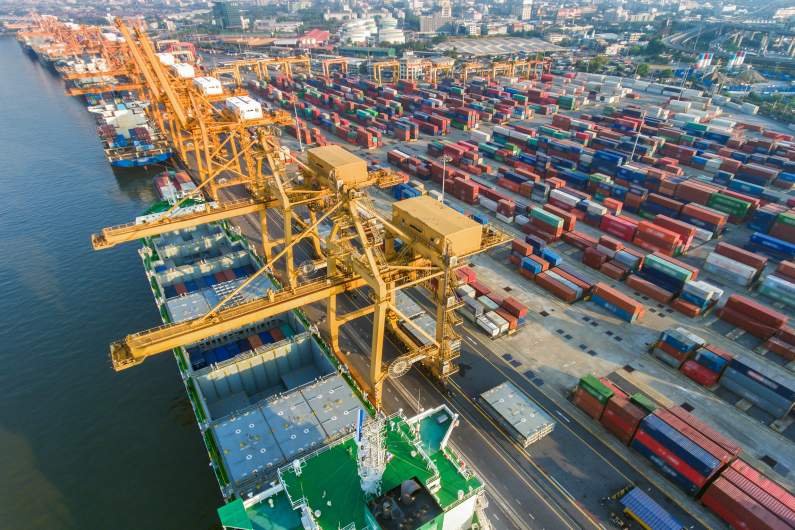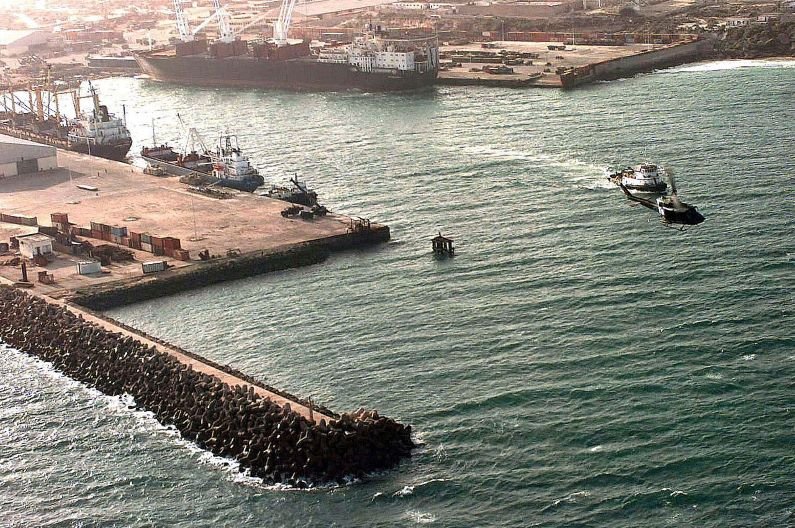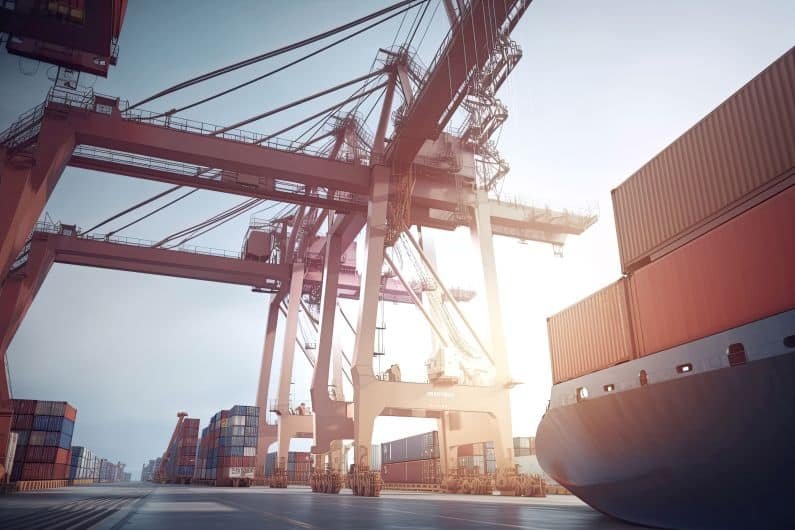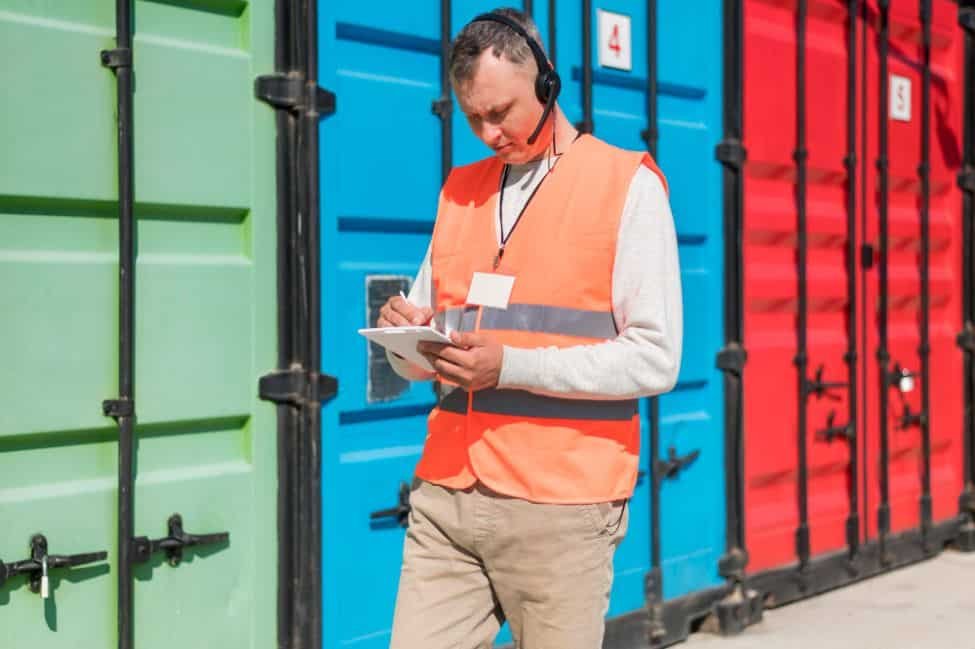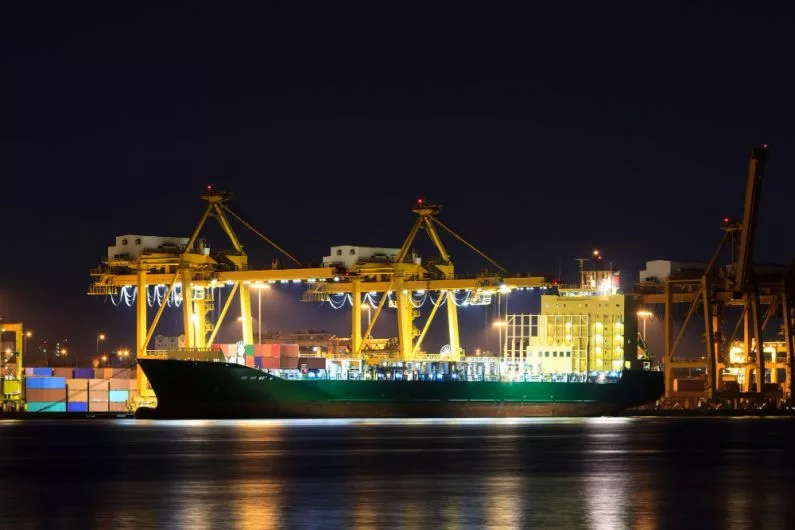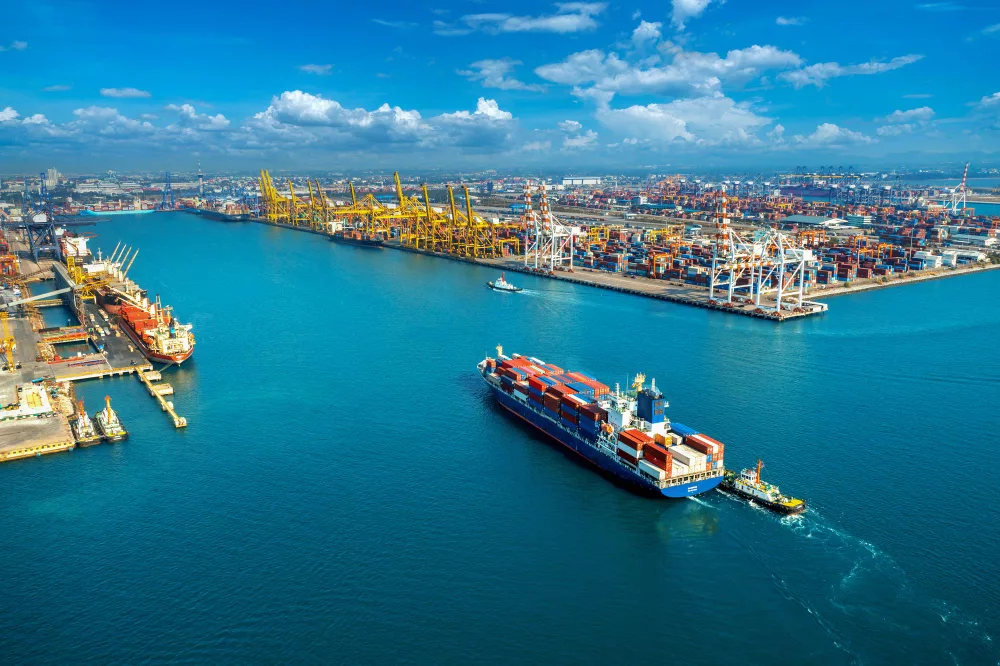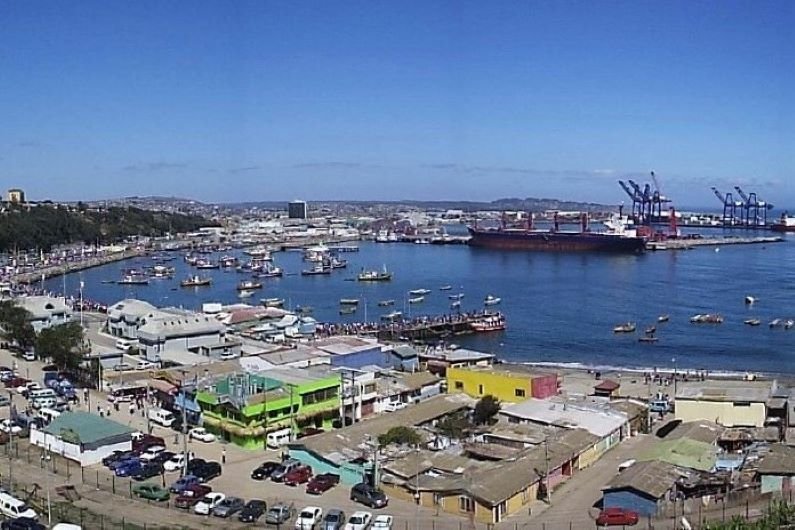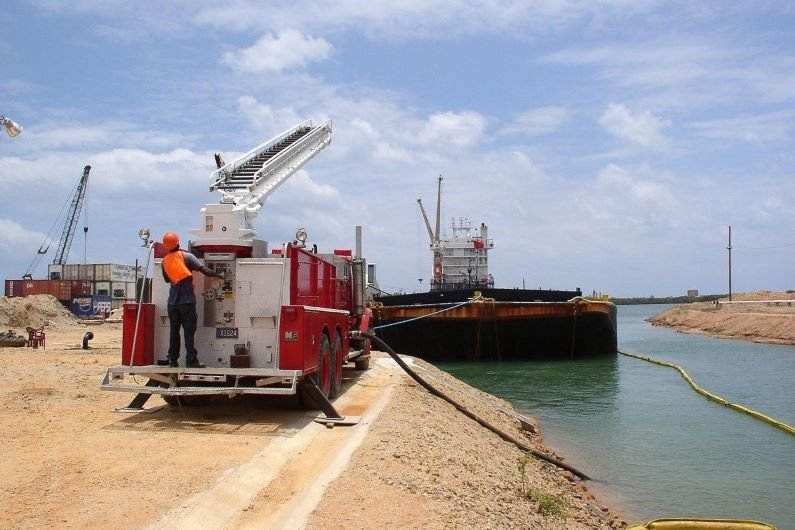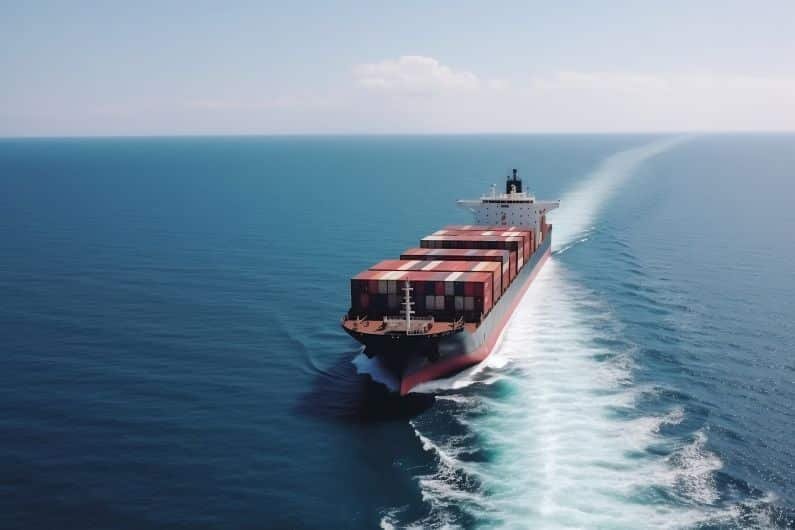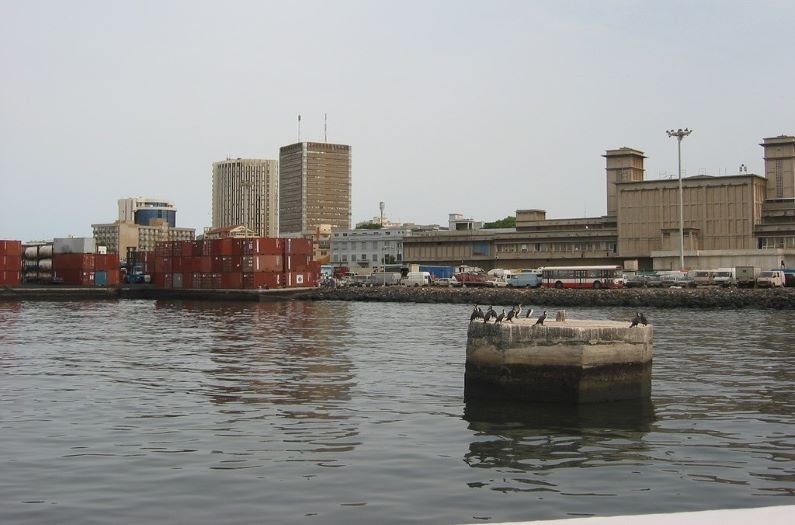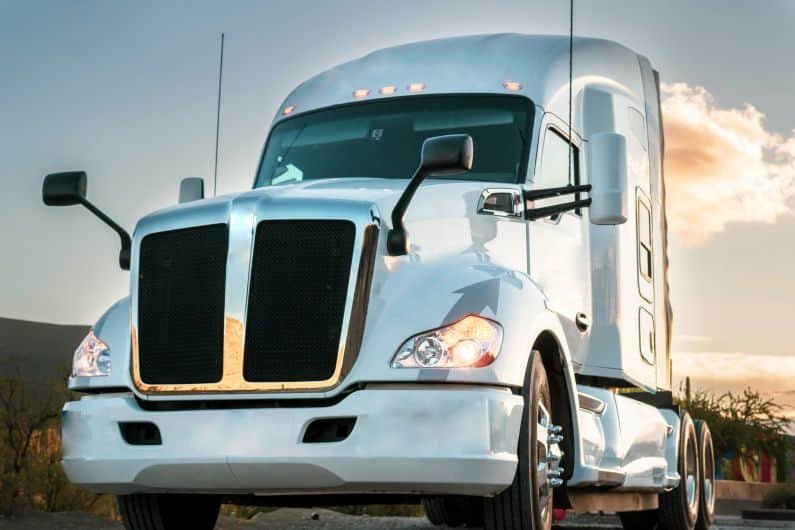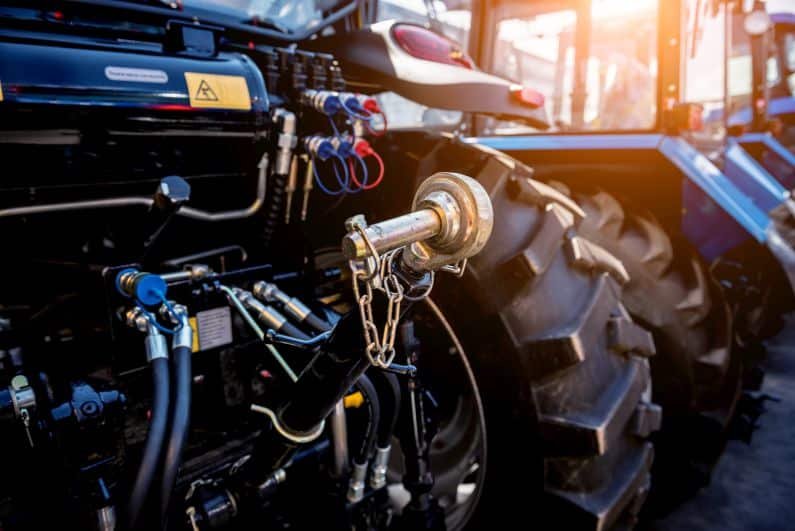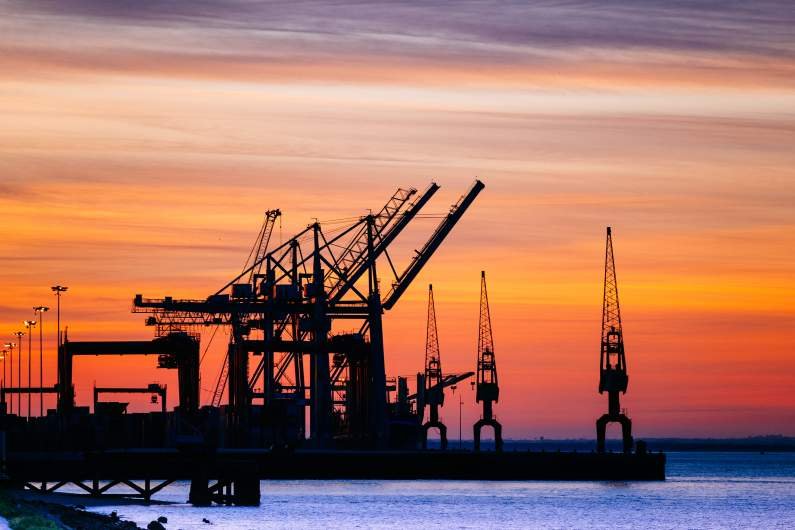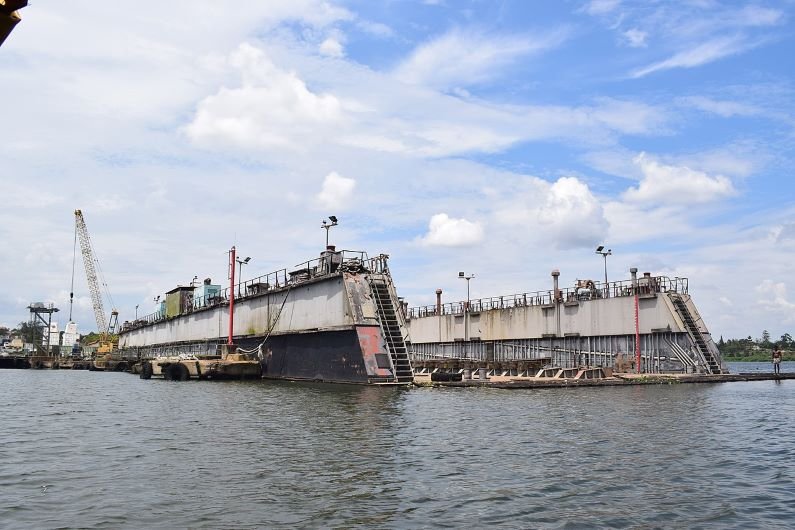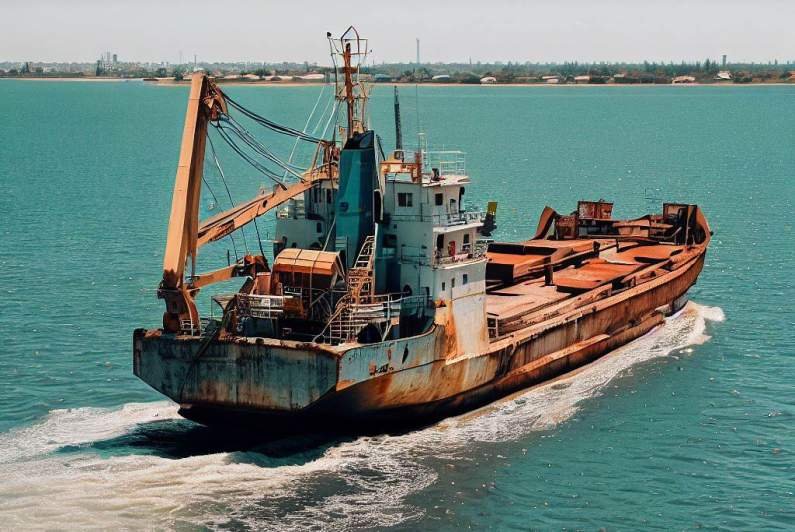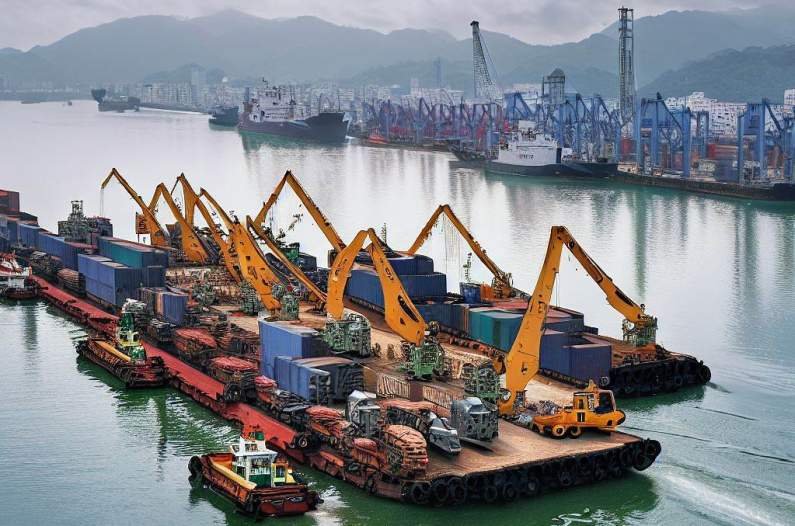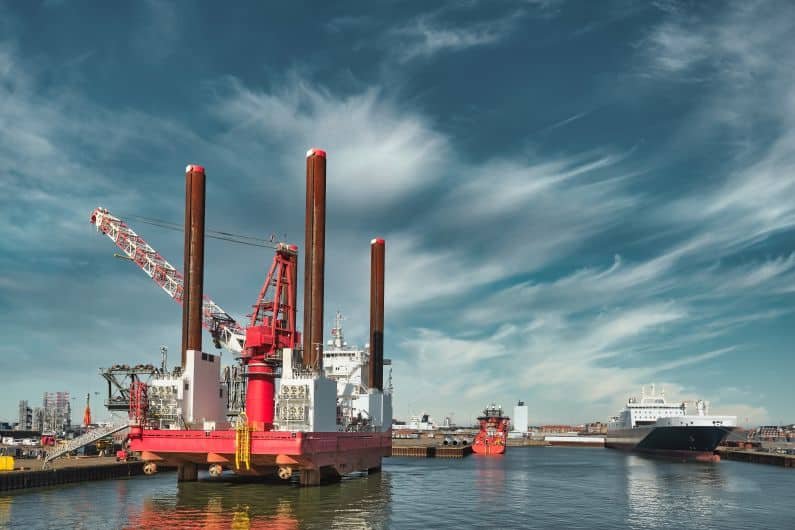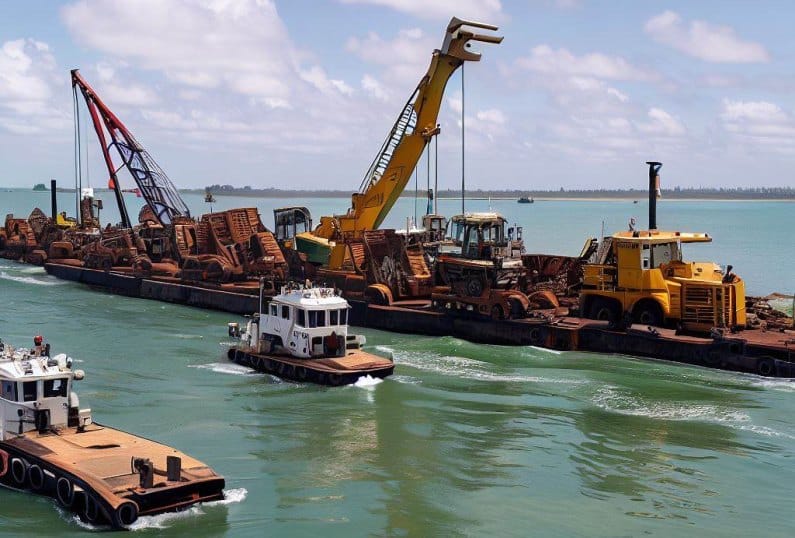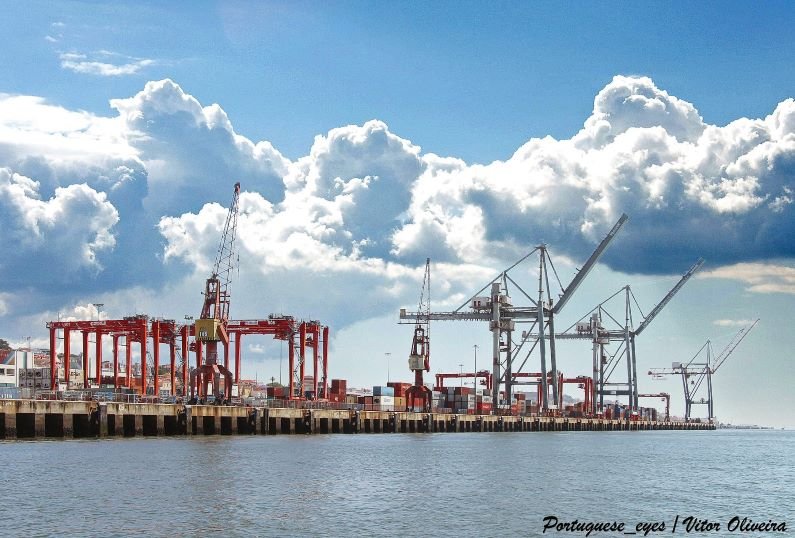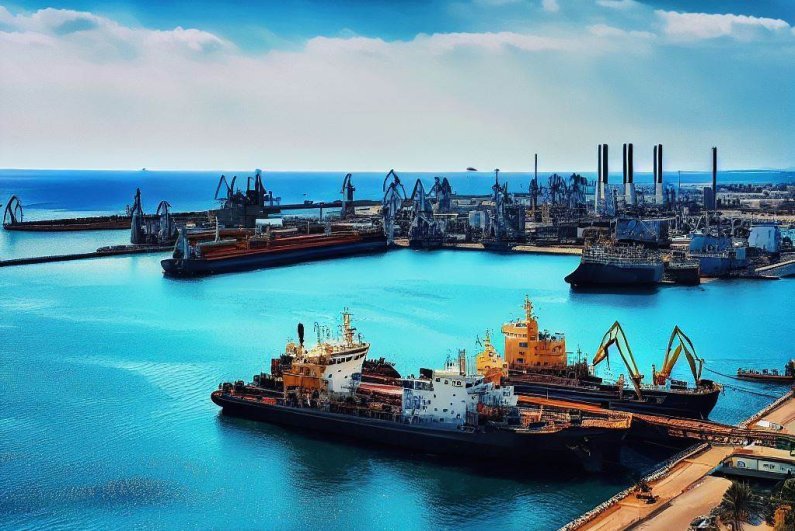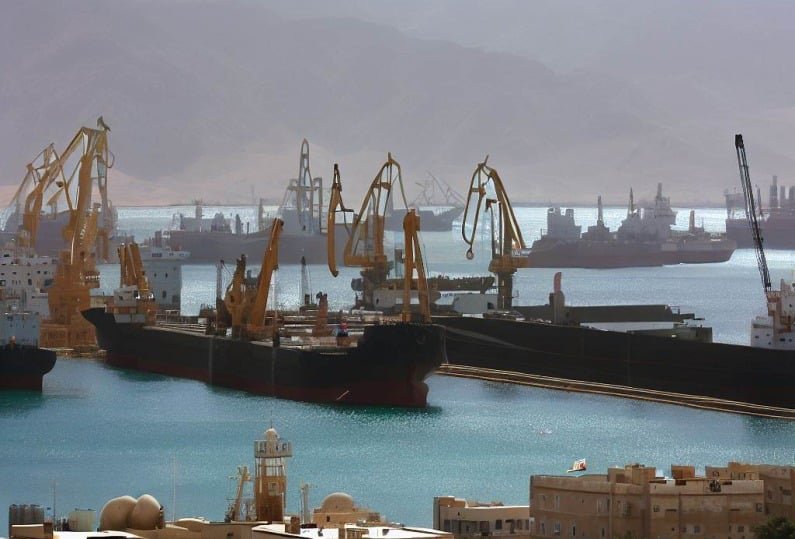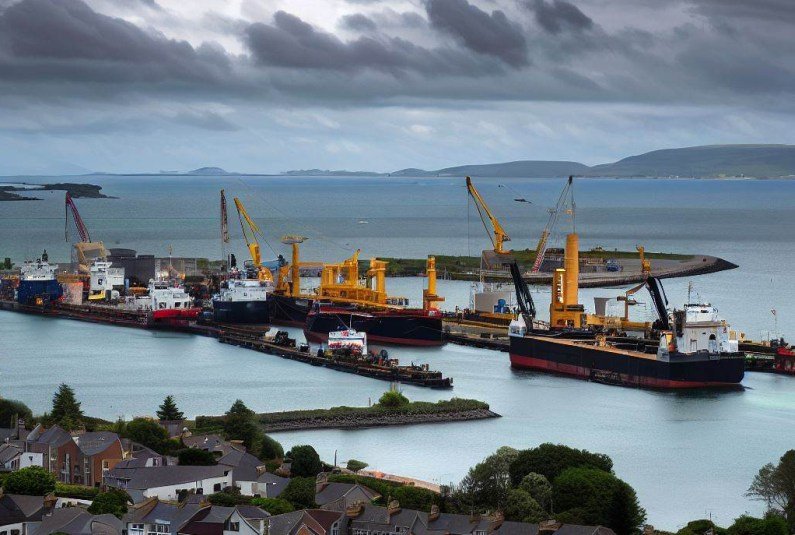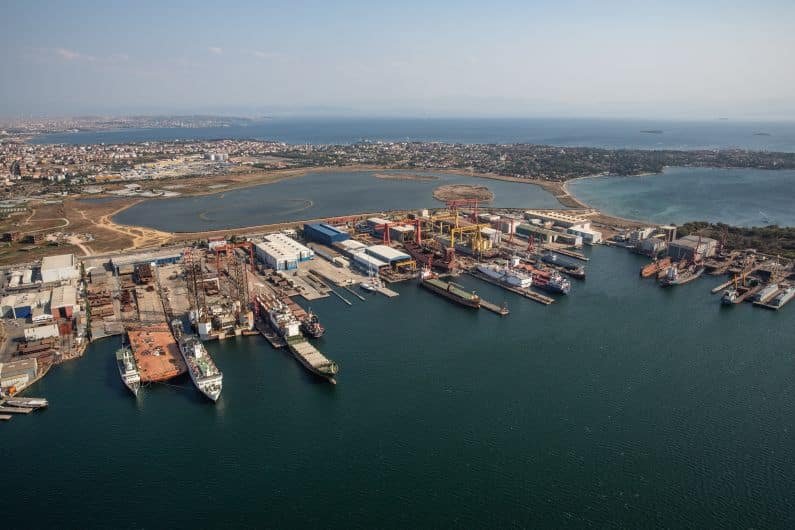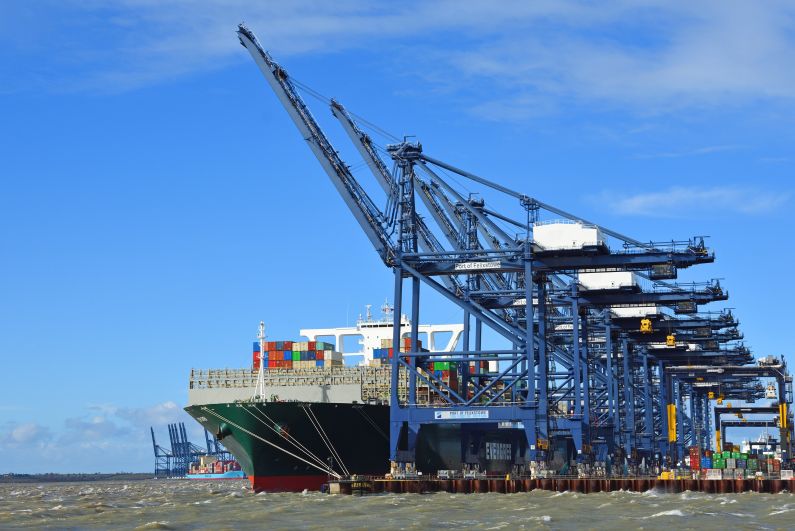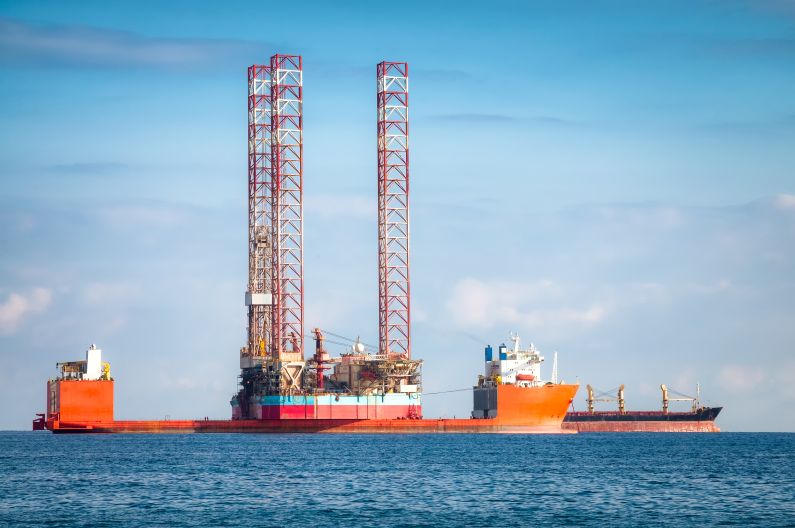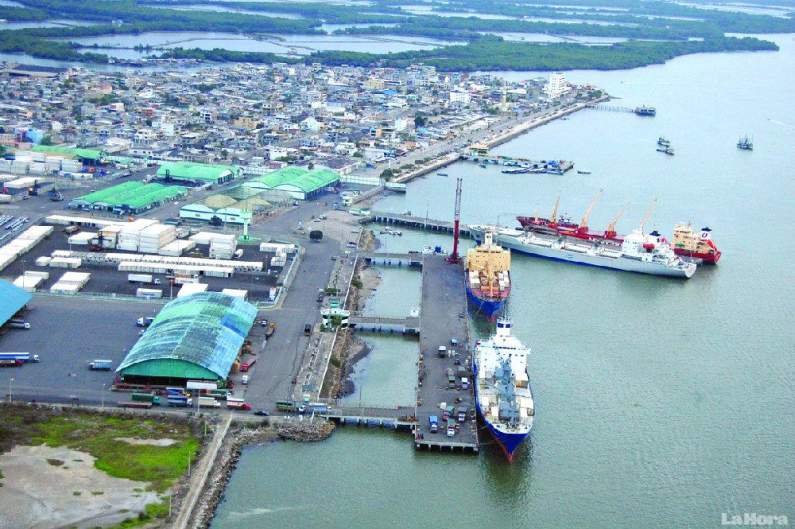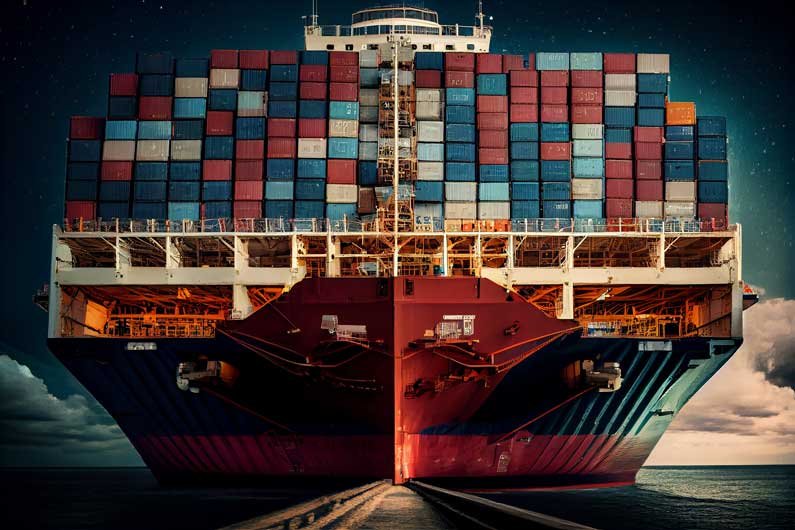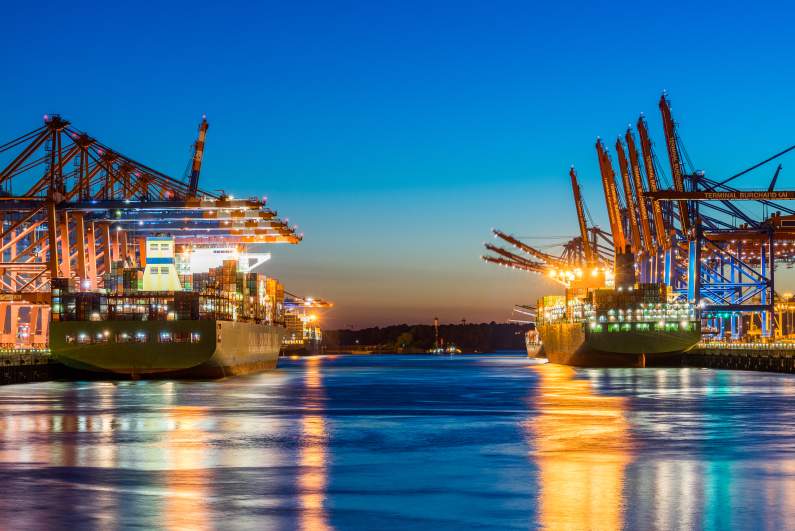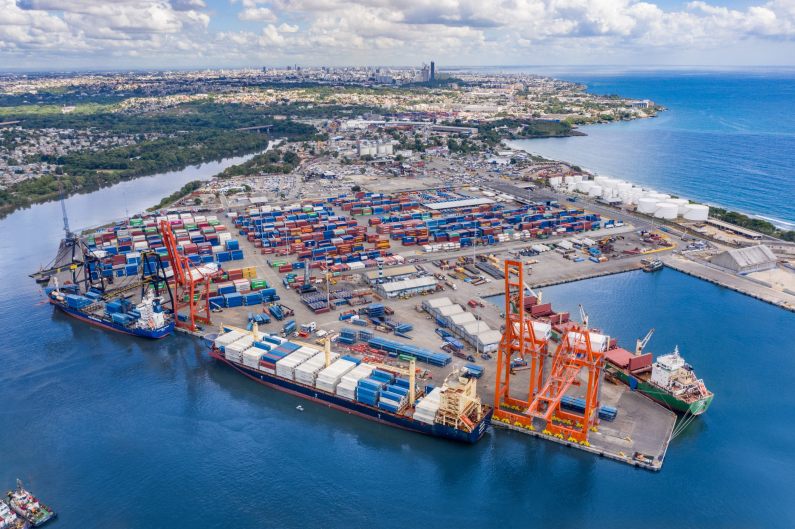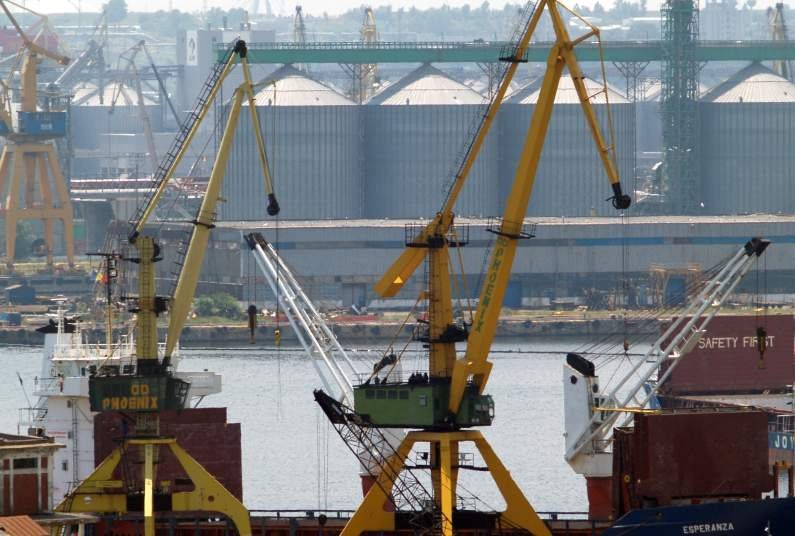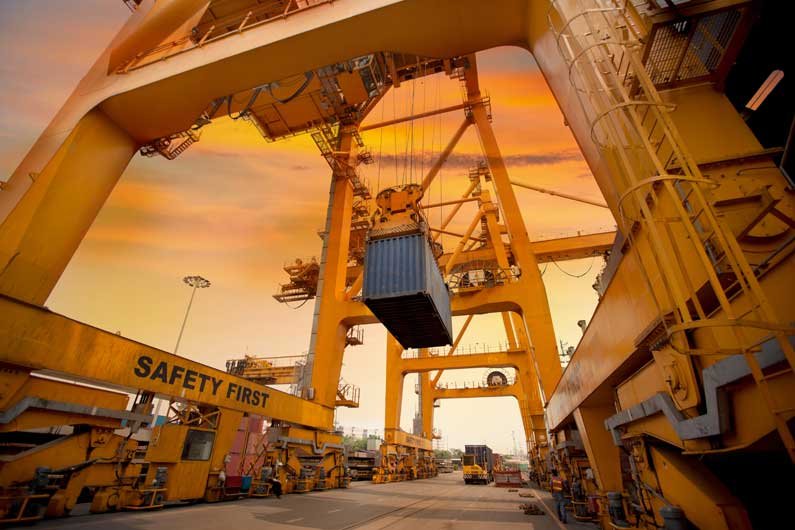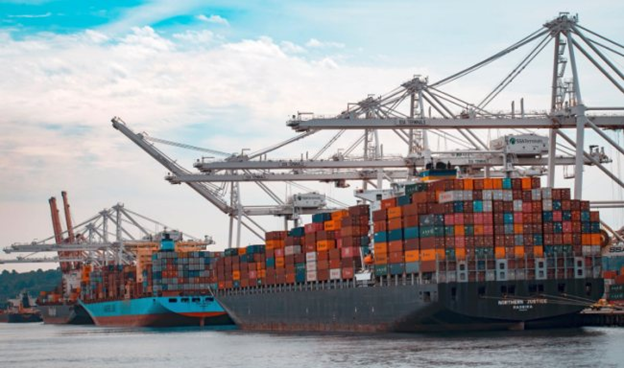Do you own a construction company, an agricultural supplies business, or any other enterprise that requires you to import or ship heavy machinery to/from overseas destinations? It could be heavy farm equipment or large trucks that you intend to ship for your operations overseas. Whatever the case, you need to know the most economical and efficient shipping options at your disposal.
Technology is making it easier to communicate with international shippers, to obtain clearance, and to make payments. And even if shipping heavy machines isn’t as easy as sending invoices over email, it still isn’t as daunting a task as many people imagine. This post seeks to help you identify the key factors that you need to consider when shipping heavy machinery overseas: the procedures, the methods, and everything you need to prepare your shipment.
Things You Should Know About Shipping Heavy Machines Overseas
From the outset, it is worth noting that shipping heavy machinery overseas requires the owner of the shipment to undertake top-level diligence measures before entrusting the asset to the hands of a shipping agent. Heavy machines are in most cases extremely expensive, so it would be naïve to leave anything to chance.
On the other hand, the shipping company that will be handling the shipment needs to be of the highest reputation and with unbeatable experience in the business. They must be able to handle documents such as invoices, certificates of origin, and other important documents that are needed when shipping items across international seas. With that in mind, here are 4 things that you must consider beforehand:
Equipment Size & Dimension
Your local shipping guidelines will make more sense to you once you understand the size and dimensions of the equipment you wish to ship. Of course, all ports in the world aren’t equal. There are those that have the capacity to handle big ships and there are those with shallow waters and therefore can only handle small ships. You need to know if your cargo is small enough for the port of entry in the country to which you are shipping it. Your local shipping guidelines will help you determine whether the cargo is the right size, or you need to re-imagine your shipping options.
Note that shipping lines have special regulations for the automobile and heavy industry. You will make it easier for all parties involved if you identify the dimensions of your cargo, document it, and apply for clearance beforehand. Also, note that your cargo cannot be shipped without the approval of your local government. Furthermore, bear in mind that if your equipment is oversized, you might have to disassemble it partially before shipping it.
Customs Check & Proper Documentation
You will have to consider your country’s customs and documentation needs. Every country has its unique set of standards and regulations that govern the shipping of heavy equipment to and from their ports. And because you are probably unlikely to have expertise in this regard, it will help if you contact a reputable shipping company for help with these extremely complex transactions. Custom checks come with several clearing fees, so you need to consider your budget in that regard as well.
Speaking of customs clearances, you need to consider the customs of the country destination for your asset. If your documentation isn’t admissible in their jurisdiction, you may have to consult with your local customs branch or shipping company about which documents to acquire before loading your cargo onto the ship. Some will require you to have a bill of sale and the original title of the equipment before they allow it into their country. Others will demand that you have all the equipment’s insurance papers before it can be okayed to operate in their country.
Transportation Options
After you have taken care of all shipment procedures, you need to start thinking about your transportation options. The guiding factors here are twofold: The shipping distance and the size/dimensions of the items involved. In general, you have three transportation options to choose from:
-
Roll-On/Roll-off (Ro-Ro):
You should consider using this method if your heavy machinery is self-propelled. That means it has either wheels or treads, so you will drive it onto the ship or whichever transportation vessel you choose and then, once at the destination, drive it off.
-
Flat-Rack:
This would be your ideal option if your heavy machinery cannot be driven on or off the ship, so it has to be loaded onto a rack before stacking it onto the vessel.
-
Container:
If your heavy equipment can fit into an enclosed container, then you can choose this transport method. The container is loaded onto the deck of the ship and unloaded with a crane. If your equipment can be disassembled, this method is also ideal for you.
Deciphering the Cost Factors in Heavy Equipment Shipping
Shipping heavy equipment can be a complex and costly affair due to the size, weight, and unique handling requirements of such machinery. Costs depend on various factors, including the type of equipment, distance, transport method, and the logistics involved in pick-up and delivery.
Equipment type is crucial since larger and heavier machinery requires specialized handling and transportation methods, often leading to higher costs. Smaller equipment might be transported via standard trucking methods, but larger items may require flatbed trucks, trailers, or even cargo ships, escalating costs.
Distance also plays a significant role. Local moves are typically charged at an hourly rate, while long-distance and international transport is usually quoted based on mileage or sea freight rates. The further the equipment needs to travel, the higher the cost.
Transportation method impacts cost significantly. For instance, ground transport is usually less expensive than air or sea freight, but is limited by geographical constraints. Sea freight is an economical option for long distances but could be slower. Air freight, while fastest, is also the most expensive.
Additional costs can arise from logistical necessities such as loading and unloading, permits, insurance, and customs fees for international shipments. Loading and unloading heavy equipment often necessitate cranes or other specialized machinery, further increasing costs. Permits may be needed, particularly for oversized loads, while insurance is essential to protect against damage or loss.
Overall, the cost of shipping heavy equipment is highly variable, making it essential to obtain accurate quotes from reputable freight companies before embarking on any project. These companies can offer invaluable expertise, ensuring that equipment is transported safely, efficiently, and cost-effectively.
International Heavy Equipment Shipping Challenges
Shipping heavy equipment can be a complex and costly affair due to the size, weight, and unique handling requirements of such machinery. Costs depend on various factors, including the type of equipment, distance, transport method, and the logistics involved in pick-up and delivery.
Equipment Type
Equipment type is crucial since larger and heavier machinery requires specialized handling and transportation methods, often leading to higher costs. Smaller equipment might be transported via standard trucking methods, but larger items may require flatbed trucks, trailers, or even cargo ships, escalating costs.
Distance Also Plays a Significant Role
Local moves are typically charged at an hourly rate, while long-distance and international transport is usually quoted based on mileage or sea freight rates. The further the equipment needs to travel, the higher the cost.
Transportation Method Impacts Cost Significantly
For instance, ground transport is usually less expensive than air or sea freight, but is limited by geographical constraints. Sea freight is an economical option for long distances but could be slower. Air freight, while fastest, is also the most expensive.
Additional costs can arise from logistical necessities such as loading and unloading, permits, insurance, and customs fees for international shipments. Loading and unloading heavy equipment often necessitate cranes or other specialized machinery, further increasing costs. Permits may be needed, particularly for oversized loads, while insurance is essential to protect against damage or loss.
Overall, the cost of shipping heavy equipment is highly variable, making it essential to obtain accurate quotes from reputable freight companies before embarking on any project. These companies can offer invaluable expertise, ensuring that equipment is transported safely, efficiently, and cost-effectively.
Risks Involved
This depends on how delicate your heavy-duty shipment is. You need to consider the risk management policy of your packing company, as that will determine whether your equipment will land in its destination in one piece. If the asset is expensive, then you probably will need an expert surveyor to supervise the loading and offloading process, as well as someone to assess the value of your asset before and after the shipment. This valuation is actually very important when applying for the equipment’s commercial insurance policy.
A good shipping company will have military specifications that they use when shipping expensive heavy-duty items, more particularly the sensitive ones. Military specs are known to guarantee the safety of critical machinery, right from the packing, handling, loading, and offloading processes. The company’s sole focus should be to keep your heavy machinery in top condition throughout the voyage. They should have a logistics professional who understands exactly what needs to happen at your product’s destination to eliminate any possible offloading risks.
Conclusion
Shipping heavy machinery isn’t the same as the normal freighting you carry out for your company. The shipping process is a little more complicated, the shipping costs are obviously higher, and more risks are involved – you need to make the necessary arrangements to ensure that your equipment gets to its destination in one piece. For the best results, you need a shipping partner who has the commitment and ability to ship your equipment with a minimum of fuss. Contact Texas International Freight today for a quote.

